
When you try to imagine ‘anthropology’, your mental image might be a bit vague. If you’re not thinking of a women’s clothing store that sells thousand dollar cowboy boots (that’s Anthropologie), you may not get farther than picturing an old, cliche poster like this: 
While it’s not not that, anthropology isn’t as dusty as you think. Anthropologists care about the complexity and diversity of human societies and cultures, both past and present. It’s a vibrant and thriving field full of passionate people like Gracyn Lia Hinojosa.
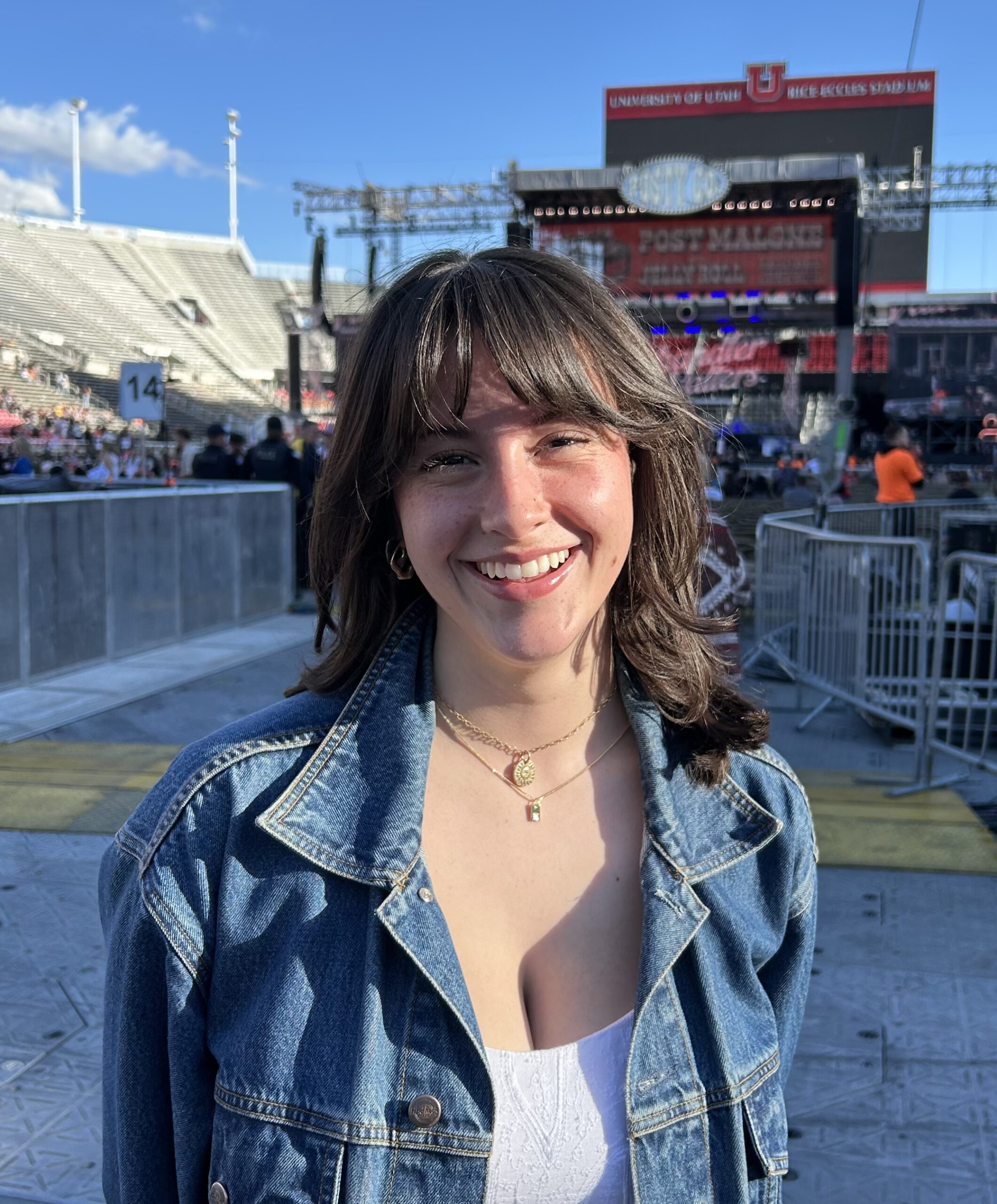
Gracyn does a ton of anthropology at her day job. She works as a Community Advisor for Housing and Residential Education. Watching over freshman residence halls in upper campus, she asks anthropological questions like, ‘WHY did they throw that chair out of the window?’ Or ‘What is the cultural significance of this random hole in the wall?’ “It keeps the job fun,” she says.
Gracyn grew up near the beaches of the Great Salt Lake in Syracuse, Utah. She loves bugs, animals, movie theaters, concerts, puzzles, and hanging out with her sisters. Gracyn is majoring in Anthropology and receiving a certificate in Criminology (another field concerned with human behavior!).
Gracyn discovered her major in the best way: taking classes! During her sophomore year, Gracyn took Anthropology 1010, “Culture and the Human Experience”. Gracyn vouches, “I think it’s probably one of the most fascinating and valuable classes that the university has to offer. That class completely changed the way I see the world.” The class forced Gracyn to think more deeply about culture, identity, and human behavior across vast expanses of time and space. She left every class thirsting for more knowledge, wanting to learn more about her own experiences and assumptions, and how that connects to other human societies. “It really opened my eyes to the kinds of questions I wanted to spend my college career exploring,” she expresses.
Since then, Gracyn has been exploring these deeper questions about how people think and live and relate to each other across time and space. “What makes me so excited about anthropology is its ability to make the familiar strange and the strange familiar,” she says. Gracyn relishes in the constant curiosity anthropology demands. The field doesn’t settle for surface level answers; “you have to think critically, empathically, and holistically,” Gracyn explains.
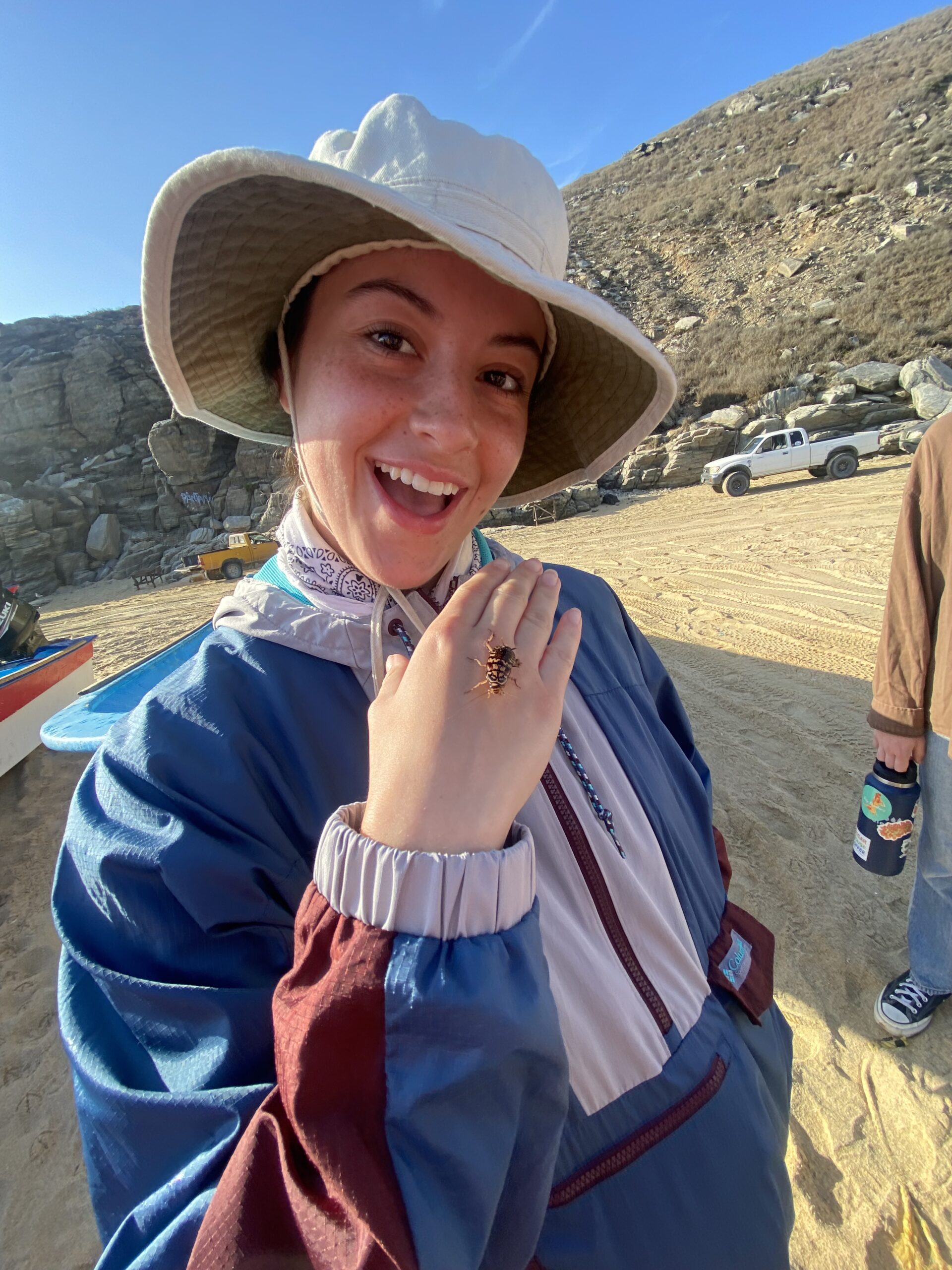
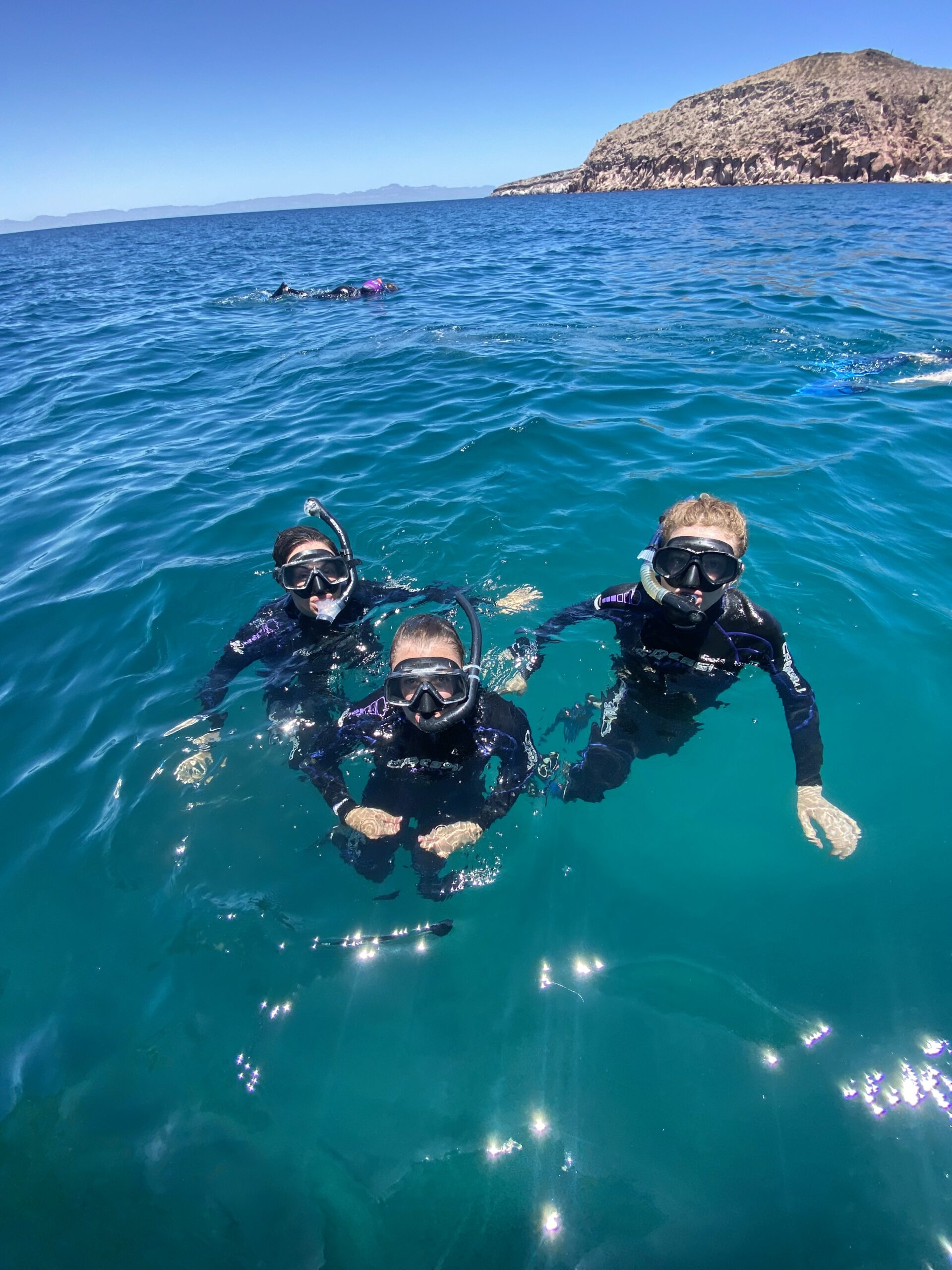
Gracyn got interested in doing research after attending Shane Macfarlan’s Culture, Ecology, and Sustainability Field School in Baja California Sur, Mexico. Besides the fun activities like camping on the beach and going snorkeling, Gracyn learned how to listen and observe with intention, to recognize the deep connections between humans and their environments, and approach unfamiliar situations with humility and curiosity. “I’ll never forget what it was like to live like a rancher for a few days. It was an experience that challenged me emotionally, intellectually, and ethically. It solidified my desire to pursue a life as an anthropologist more seriously.”
The field school gave Gracyn a chance to see firsthand how environmental issues intersect with culture, livelihoods, and community resilience. “Being immersed in the field, learning from locals, and engaging with real-world challenges made everything I learned in the classroom feel urgent and tangible.” Gracyn considers Shane Macfarlan an excellent mentor, always supporting his students to feel like they belong in research. Gracyn’s experience and Shane’s mentorship sparked her curiosity about how rural communities adapt to environmental and economic stressors. Conducting research was the best way to find out.
So, Gracyn joined Shane’s undergraduate research group! Since then, she’s been working on a project with fellow students Julie, Sofia, Izzy, and Abigail.
Gracyn and Julie’s research focuses on traditional ranchers in Baja California Sur, Mexico and how they responded to the severe 2020-2022 drought, which is considered the worst drought in the history of the region. “Climate induced droughts are becoming more frequent and more severe; the rural poor whose livelihoods depend on the land are the first to feel the effects, and they’re hit the hardest.” To investigate this trend, Gracyn analyzed 98 interviews with traditional ranching households about their experiences during the drought.
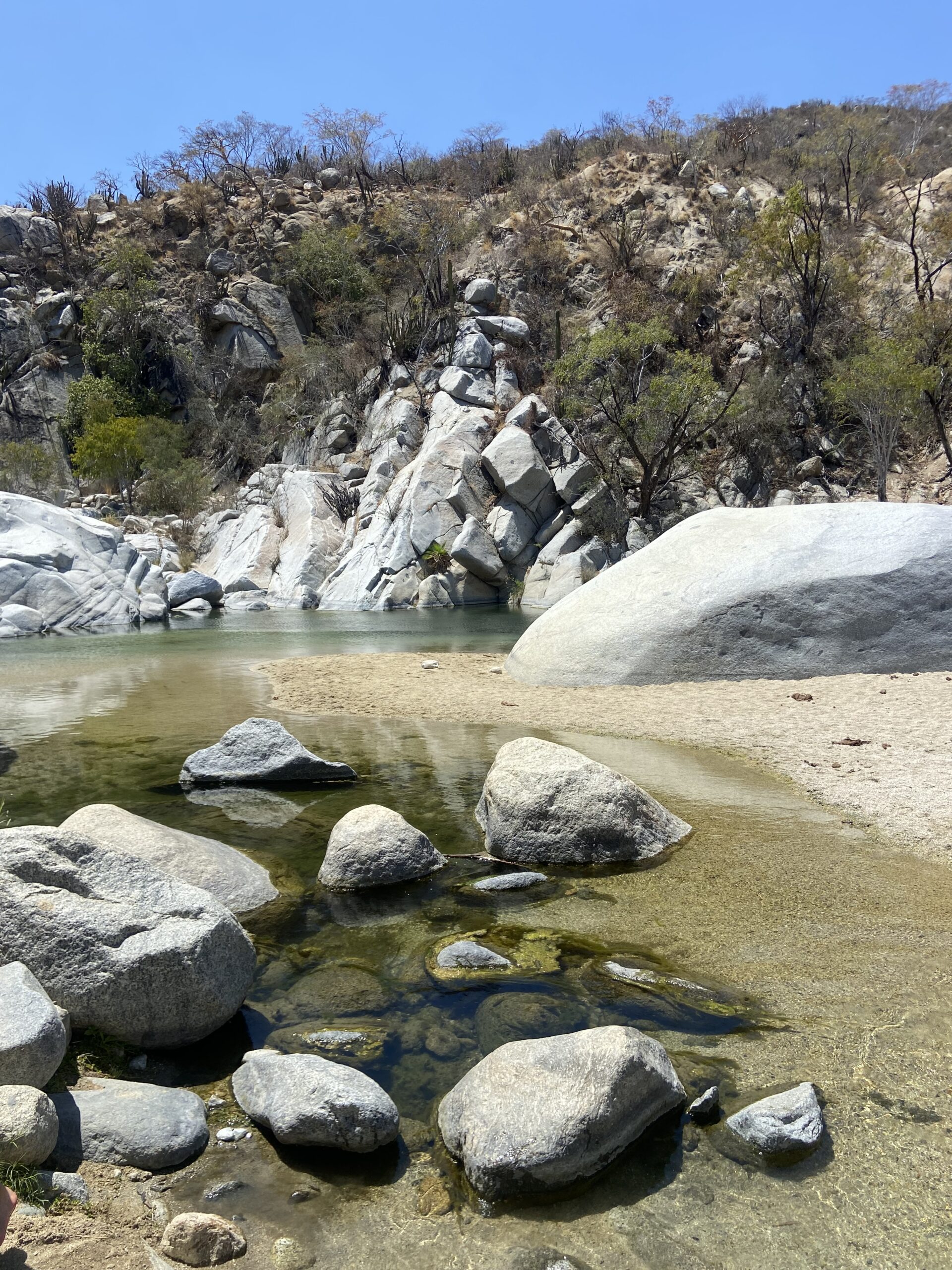
The findings were alarming: 98% of households were affected, 90% have not seen substantial herd size recovery, and 93% have not seen substantial economic recovery. Even more alarming, 72% of ranchers interviewed fear that another prolonged drought will force them to leave their ranches permanently. “Most ranchers are worried about a future drought, and on average, ranchers said they could only withstand another 2-3 years of prolonged drought before they abandon their ranches, most of which they have been on for generations,” Gracyn expresses. This would ultimately lead to the utter abandonment of ranching culture, exacerbating the existing 22% decline in ranching population over the past 20 years. “Ranching IS the culture in Baja; it’s scary to think of that dying off.”
“There is hope, however,” Gracyn reassures. Many ranchers are interested in alternative economic opportunities: 97% are interested in working in conservation and 90% are interested in working in rural tourism. This suggests that targeted support like diversifying employment sources and improving infrastructure can help boost rural drought resilience and keep Baja California Sur’s ranching culture alive. “By taking action now, through policy and community driven initiative, we can help preserve these communities before it’s too late.”
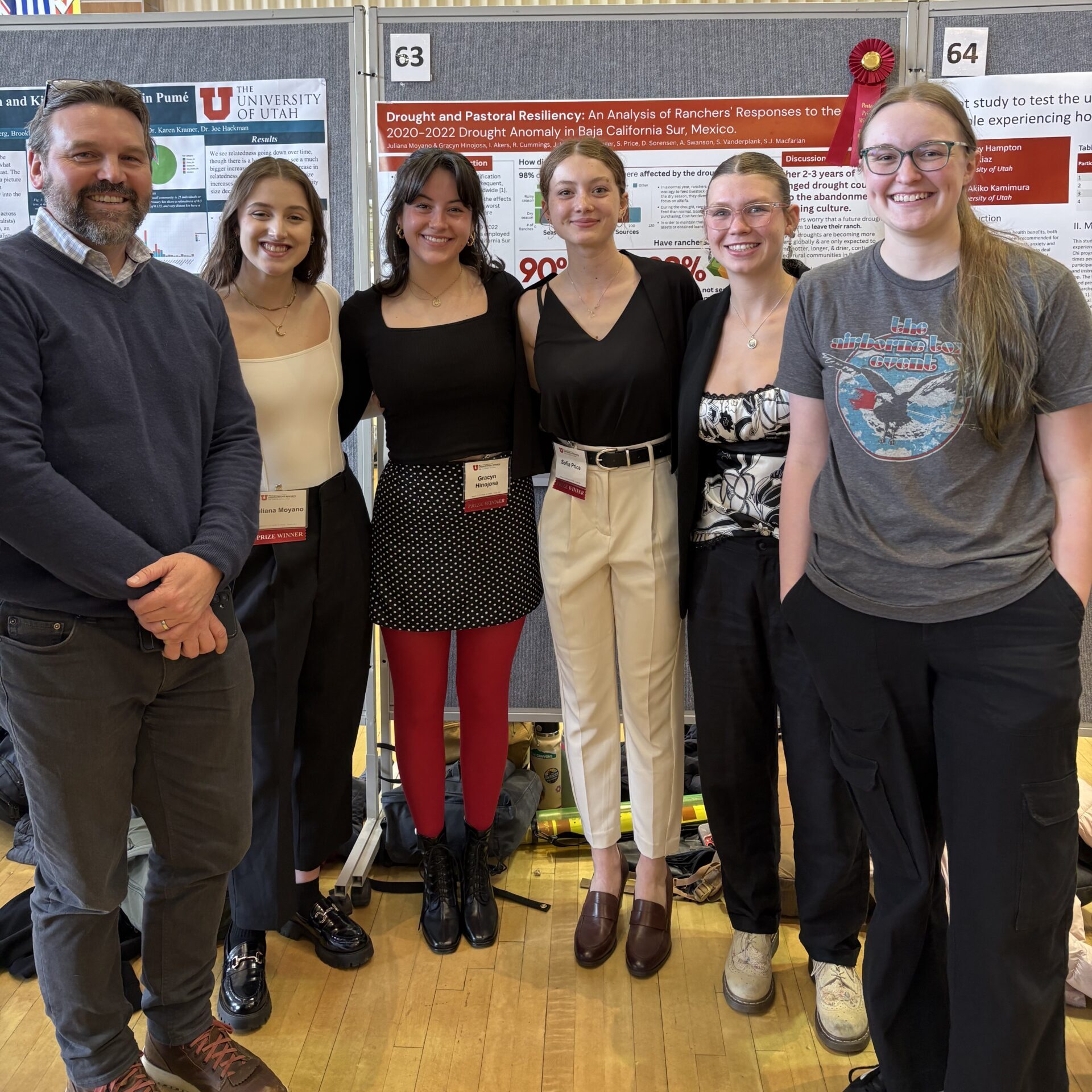
Clearly, Gracyn cares deeply about her work. At its core, anthropology is all about people: real, tangible human beings. As Gracyn puts it, “Anthropology constantly reminds me of the richness and complexity of being human.” She loves it more than ever, and she has no intentions of moving on from it any time soon. “Through my studies, field experiences, and research I feel like I’m starting to find my voice. Looking ahead, I’m excited to continue building on that, whether that means doing more research, working in communities, or finding creative ways to apply anthropology to real-world issues.. I don’t have everything figured out yet, but I know I’m on the right path.”
Written by Alex Kellgreen, Creative Content Assistant